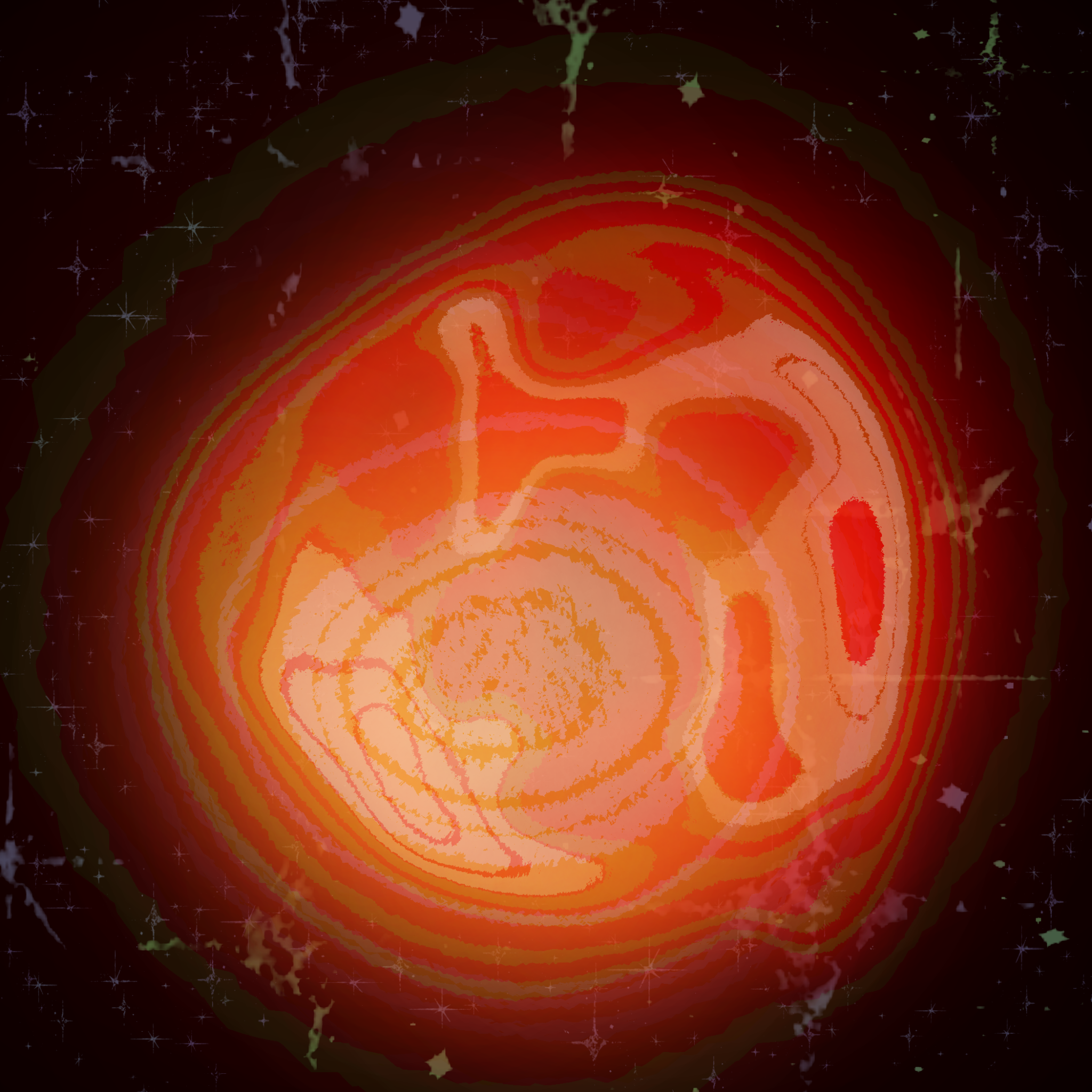Yale researcher among astronomers peering into the surroundings of M87’s black hole
Using data gathered by the Event Horizon Telescope Collaboration in 2017, astronomers have explored the role of magnetic fields in the formation of relativistic jets emitted from the center of active galaxies.

Anasthasia Shilov, Illustrations Editor
Astronomers, including a Yale researcher, utilized data collected by the Event Horizon Telescope Collaboration, or EHTC, to shed light on the cosmic environment surrounding M87’s black hole.
The EHTC is an international collaboration created to achieve a long-standing goal in astrophysics: image the immediate surroundings of supermassive black holes, which are found at the center of galaxies. After conducting observations in 2017, the collaboration released the first-ever image of a black hole in the M87 galaxy. In a study published on March 24, astronomers used the data collected in 2017 to understand the relativistic jet of the M87 galaxy, which emits particles away from the black hole at nearly the speed of light. The researchers focused on the magnetic field surrounding the black hole to understand its effects on the jet. Among the researchers involved in the study is Mislav Balokovic, a postdoctoral fellow at the Yale Center for Astronomy and Astrophysics.
“In this particular paper, which is a continuation of [the original EHTC work], we’ve now added data obtained simultaneously, in April 2017, but across a very broad range of wavelengths or energies,” Balokovic said. “The aim of those observations was to see what the black hole jet was emitting at the time when the image was obtained. This helps us to understand the emission from the black hole’s jet better.”
According to Geoffrey Bower, an EHTC project scientist, the region around a supermassive black hole emits high-energy gamma-ray radiation, which presents a challenge for astronomers, because it is difficult for telescopes to observe this type of light. The 2017 EHTC data was gathered using radio, optical, X-ray and gamma-ray telescopes, which produced a “very coarse view of the sky,” with no differentiation of individual stars in the galaxy. Bower told the News that because of this, astronomers could not determine whether the gamma-ray radiation was coming from the immediate surroundings of the black hole, the relativistic jet or a region that the jet interacts with.
Using the 2017 data, the study put together all of the measurements and created theoretical models that were able to show that the gamma-ray emissions could not be originating from the immediate surroundings of the black hole.
“[Gamma ray emissions] can’t be coming from that orange glowing ring that you’ve seen,” Bower said. “It has to be coming from further out, and that probably means that it’s coming from a region where gas is getting ejected from the black hole system, and maybe there’s a shock that gets created where the gas particles run into each other. Some of them get ejected going faster than others, and they catch up to each other and ram into each other. This excites the particles and they produce this really high energy.”
To specifically determine the origin of these gamma-ray emissions, the researchers used polarization observations to observe the magnetic field of M87* — the black hole at the center of the M87 galaxy — and to determine its effects on the jet, according to the paper.
Daniel Marrone, an EHTC co-investigator and Science Council member and associate professor of astronomy at the University of Arizona, explained that light can be broken down into two polarization components –– vertical or horizontal. It can also be converted into circular polarization. He told the News that when EHTC created the original image of M87* released in 2019 it combined the two polarization components, but for this study, they were treated separately.
“Because we’re looking at synchrotron radiation, which is electrons spiraling around magnetic field lines, intrinsically it’s highly polarized,” Marrone said. “If you think of an electron just going around in a circle, the electric field oscillations only have one plane. Looking for an excess of one polarization over the other tells you something about the structure of the magnetic fields that those electrons are spiraling.”
According to Marrone, magnetic fields play a role in the accretion of matter –– the process in which black holes pull in surrounding gas –– but for many years, the extent of this role was not clear. This study found that based on the amount of polarization in the region and its circular direction around the black hole, the magnetic field must be “coming out of the black hole in all directions.” Marrone said that in order for this to occur the black hole’s magnetic field must be very strong — meaning that they control the spin and rotation of particles surrounding the black hole.
Angelo Ricarte GRD ’19, an Institute for Theory and Computation fellow at the Harvard-Smithsonian Center for Astrophysics, told the News that astronomers believe that jets are important to the overall cosmic evolution of galaxies. He explained that these jets are injecting energy into the gas within galaxies, preventing the formation of new stars. Because of this, astronomers believe that active jets could play a significant role in slowing down star formation, and thus, keeping galaxies “red and dead.”
M87 was discovered in 1781 by Charles Messier.







